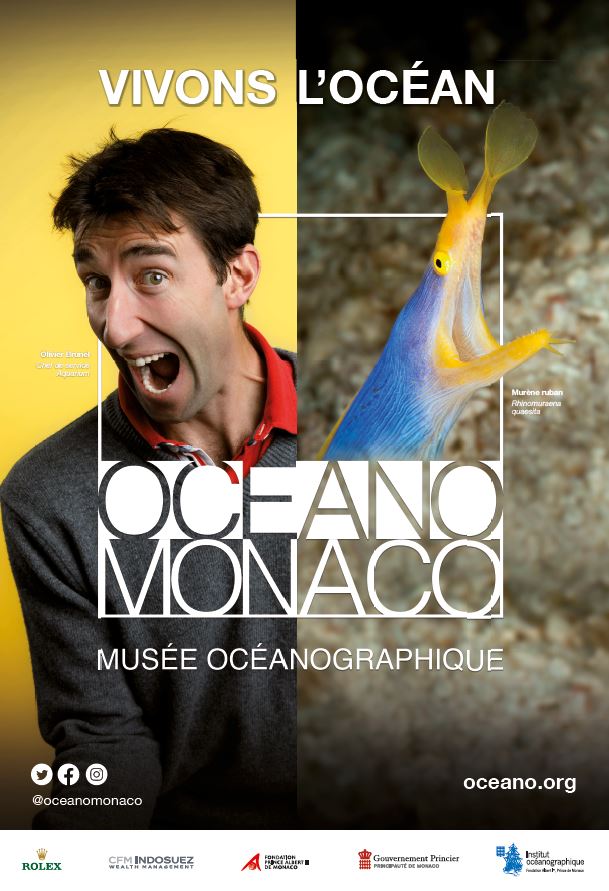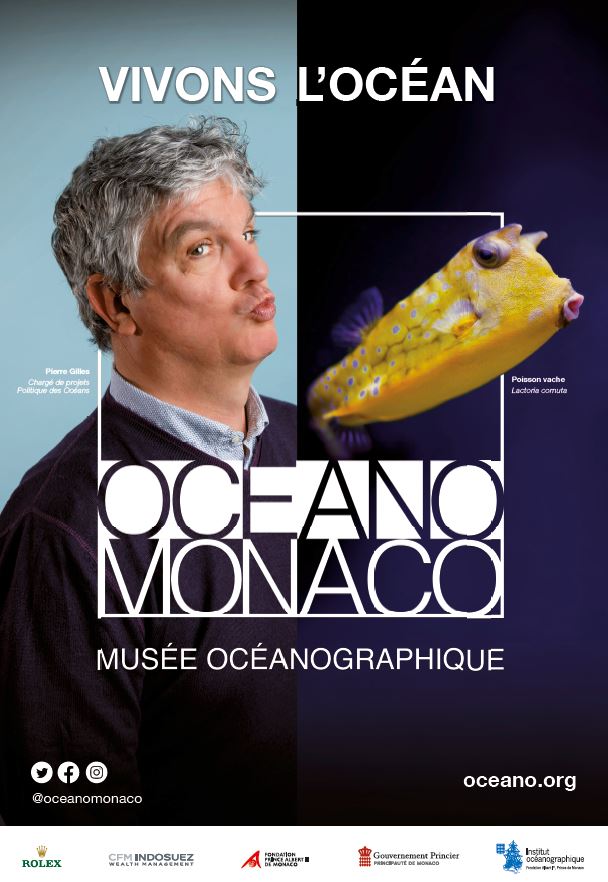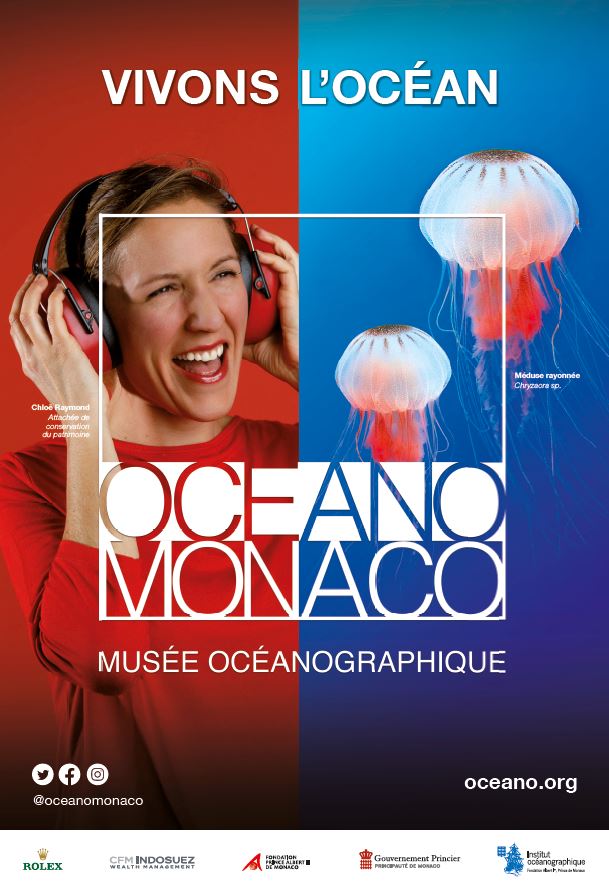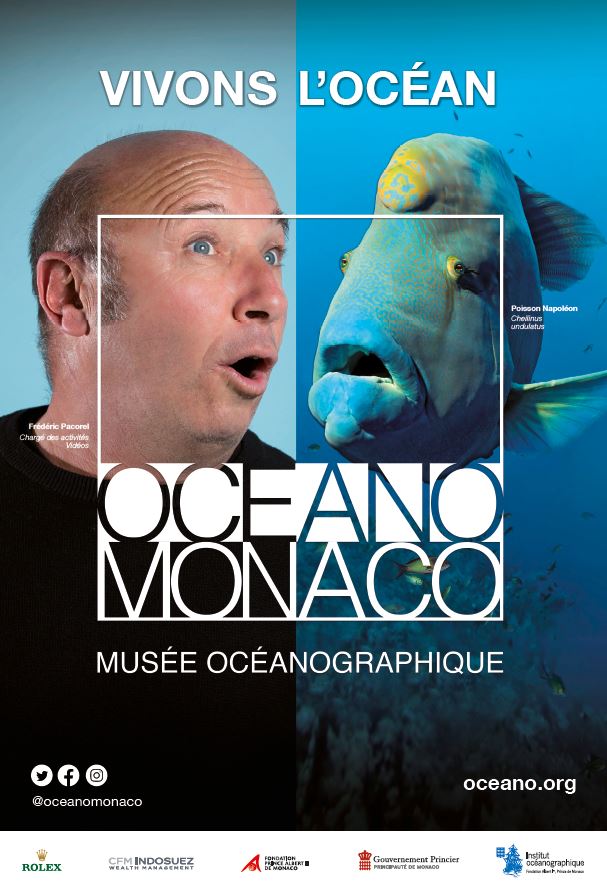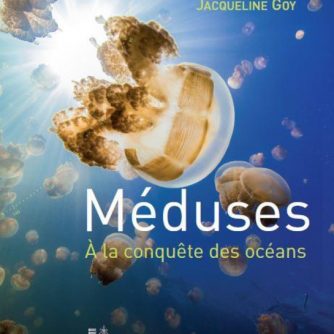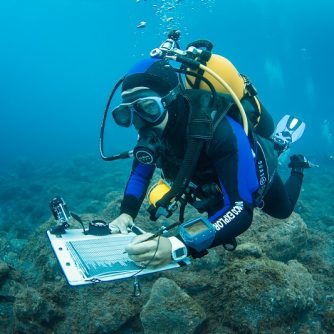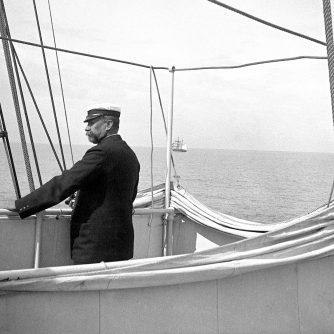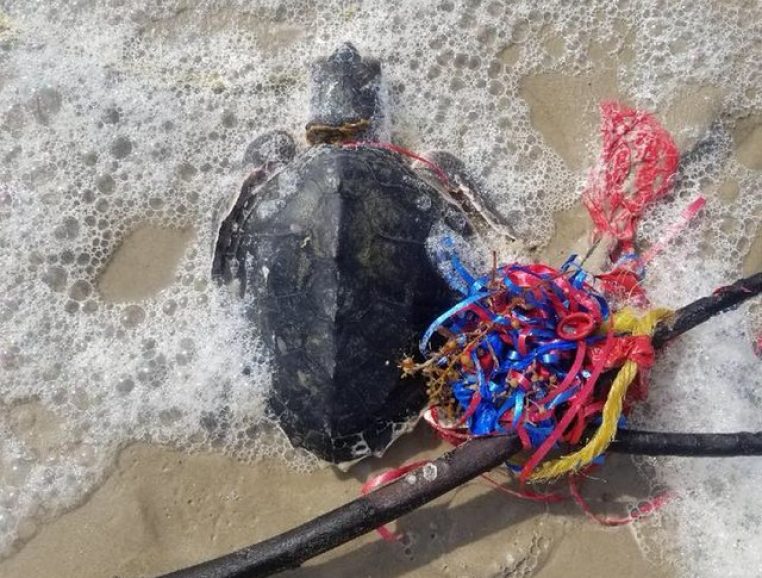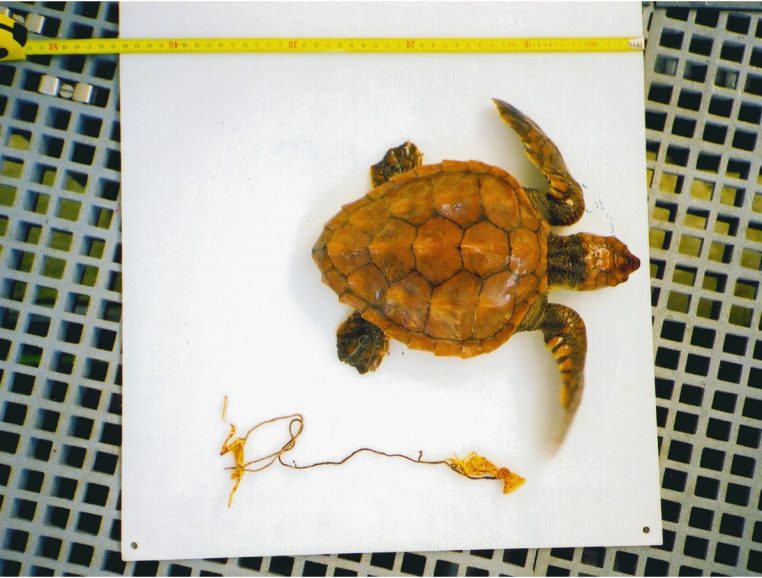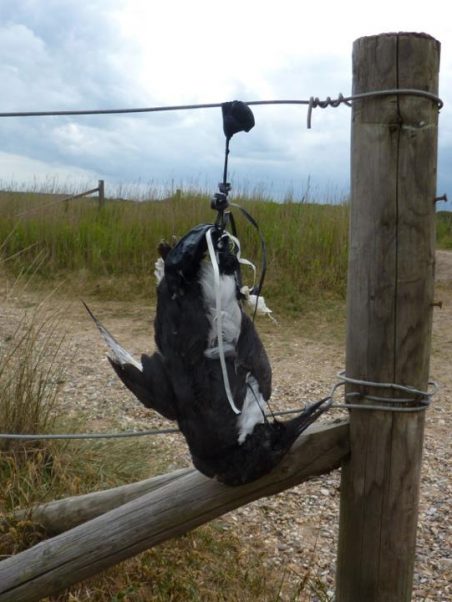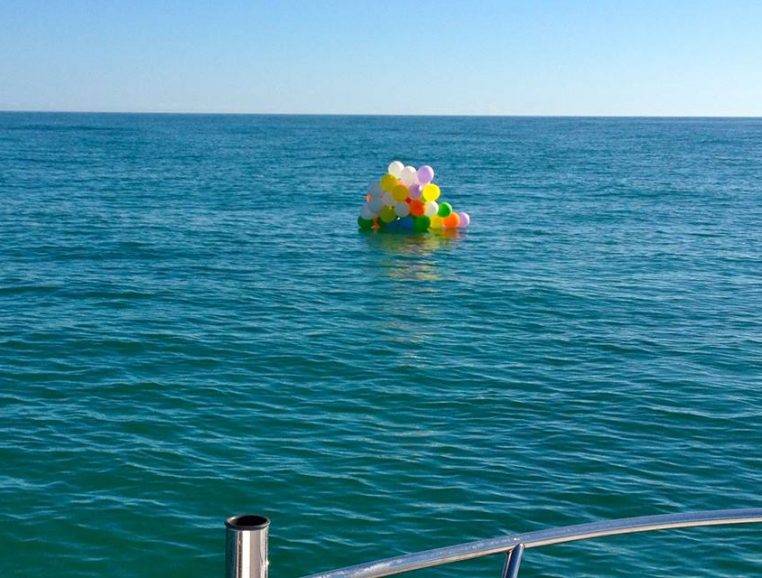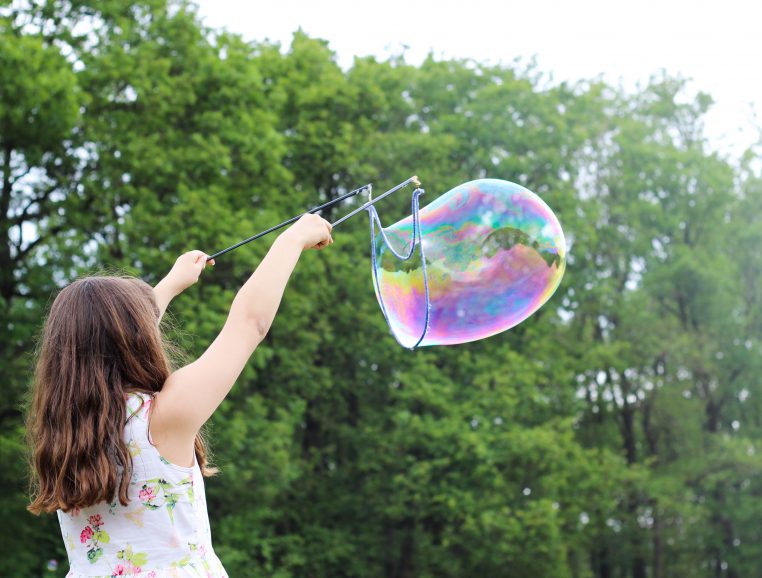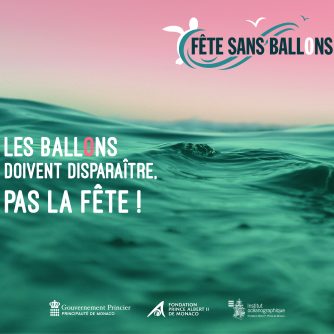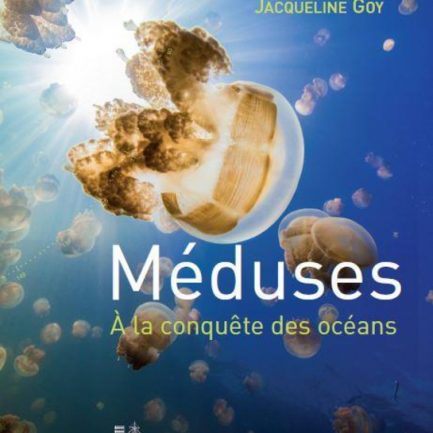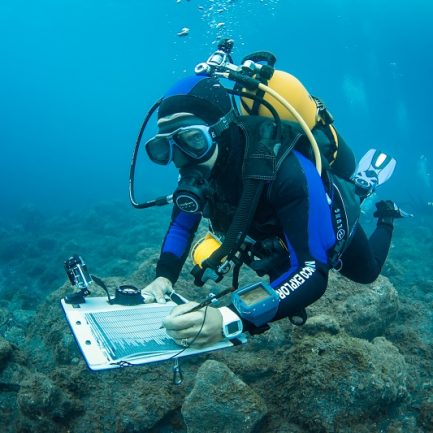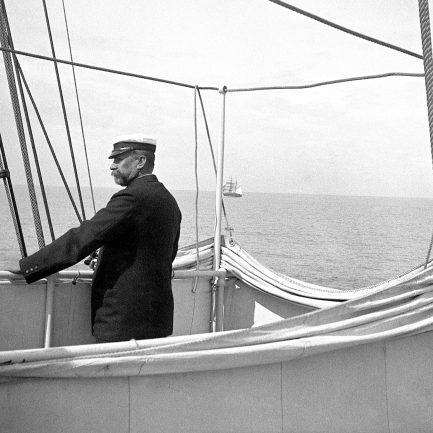Become an ambassador
A selfie for the ocean
Become an ambassador
A selfie for the ocean
Become an ambassador
A selfie for the ocean
Become an ambassador
A selfie for the ocean
Become an ambassador
A selfie for the ocean
Become an ambassador
A selfie for the ocean
Become an ocean ambassador with “oceano monaco
The Ocean is “one”: it is global and unites the whole world. It is that universal link that connects us all. Since 1906, the Princes of Monaco have understood that it was essential to create a strong link between Man, the Ocean and other animals. The work of the Institute of Oceanography has evolved over the course of its history, always adapting to the issues of the day and keeping up with current events, but the fundamental basis and link between its activities and its two establishments remains the link, transmission and connection.
After more than a century of commitment to the preservation of marine ecosystems, the Oceanographic Institute – OCEANO MONACO reaffirms its values and its mission of mediation through its new collaborative campaign “Let’s live the Ocean”, inviting as many people as possible to become ambassadors for the Ocean by taking a photo of themselves looking at and mimicking a marine species.
Through this campaign, OCEANO MONACO wishes to showcase the Ocean and its inhabitants in order to remind us that today, more than ever, we must act with the ambition that the protection of the Ocean becomes a global, effective and sustainable issue!
We invite you to do this mirror game over and over again, to share it with your family, your friends, your contacts, and on your social networks to relay this unifying hymn in favour of the Ocean. THANK YOU!

How to do it?
1
Click here
2
Select your favorite species!
3
Take a picture of yourself mimicking your chosen animal!
4
Share it on your social networks #TousOCEANO
Your turn to play
See also
dive into our publications
find out more about the explorations of Monaco
discover the institute’s leading figures
CELEBRATE WITHOUT BALLOONS
The balloons have to go but the celebrations can stay!
Balloons symbolise celebrations, partying, joy and sharing… But once they are released into the sky, they end up in the ocean and are damaging to our environment. Many sea turtles, dolphins and birds mistake them for food, and die as a result.
The Government of Monaco, the Fondation Prince Albert II de Monaco and the Institut Océanographique are coming together to lead the “celebrate without balloons” initiative in order to encourage the public to do their part and to get involved, by making suggestions and giving alternatives which can be just as festive, but much more environmentally-friendly: together, let’s celebrate in a way which makes the sea turtles happy too…
What happens to a balloon when it is released into the sky…
A balloon will float away into the sky, until it deflates or until the pressure in the atmosphere bursts it into several pieces. These pieces then fall back down to earth and into the sea far from the place they were released. According to the United Nations Environment Programme (UNEP), balloons are in the top 10 of recreational waste found on our coasts. They can travel thousands of kilometres and pollute the most remote and most preserved of places.
…And what consequences do they have on the sea?
Balloons have a negative impact on our environment and pollute streams, lakes and beaches. Releasing a balloon into the air has the same effect as intentionally throwing rubbish onto the ground or into the ocean. When balloons make their way into the water, the shredded and floating pieces can resemble jellyfish or other marine species which marine animals such as sea turtles, fish and dolphins feed on. When these pieces are mistaken for food and ingested, they can get stuck in a sea turtle’s digestive system, which in turn prevents the animal from eating and causes a slow and painful death.
This young loggerhead turtle (Caretta caretta), just twenty centimetres long, was taken in by the Musée Océanographique, who saved its life by removing a balloon that it had ingested.
AND ON DRY LAND?
Wildlife on dry land can also be the victim of balloons and balloon strongs when the pieces fall to the ground alongside roads, rivers or into trees and bushes. Birds have been found hurt by ribbons wrapped around their beaks or wings and have strangled themselves when they became trapped in pieces of string attached to the branches of trees or electrical lines. Just like the marine animals, they can die if they ingest balloons. Unfortunately, almost half of all marine bird species are likely to ingest waste. We have also discovered waste in their nests and seen them feed this to their young.
Photo gallery
WHAT KIND OF BALLOONS ARE WE TALKING ABOUT?
These are “Loose and empty balloons which are not transporting anything (in particular skin balloons and floating lanterns which are not carrying a heavy load, or carrying a light load such as a postcard)”. These balloons are for recreational, leisure or commemorative purposes. They pollute because of the material, the rigid plastic stick or the ribbon or string that some have tied onto them.
Have fun without balloons
Skin balloons are generally made by means of polymerisation and so are not biodegradable. Even though some balloons are claimed to be “100% biodegradable”, it should be noted that the term biodegradable is not controlled by any particular standards or regulations. Also, this breakdown only occurs in special conditions and after a specified period of time.
Even if ballons claim to be “biodegradable”, they are still harmful to the environment and dangerous for a large number of animals. We strongly recommend that you refrain from releasing them into the sky!
ALTERNATIVES: SEND US YOUR IDEAS
There are already some alternatives out there such as natural soap bubbles, paper pompoms, candles, kites or windmills, bunting, banners and much more.
If you absolutely must use balloons, keep them indoors to reduce the risk of them flying away, make sure outdoor balloons are securely tied, avoid using mylar non-biodegradable balloons (coated), and make sure all balloons and accessories (such as clips and ribbons) are disposed of properly.
You can also use your imagination and who knows what creative alternatives you will come up with! Don’t hesitate to tell us about them on the Facebook page for this cause!
Join our Facebook group
Find out more
Ministry of the Environment website







